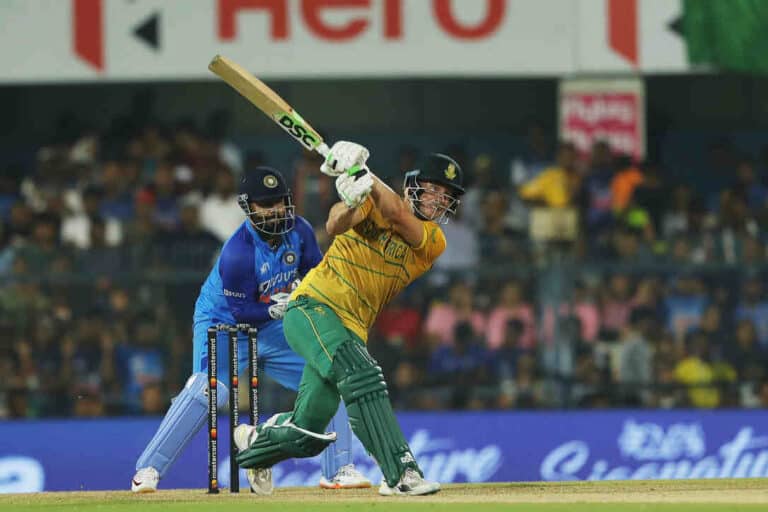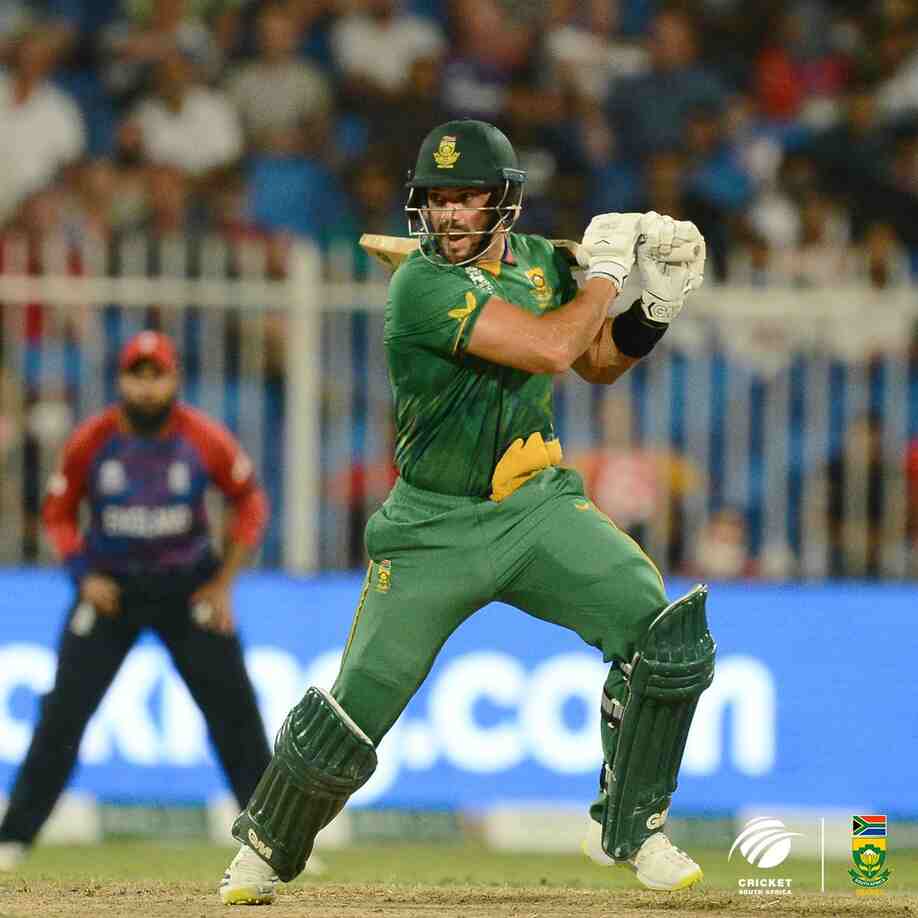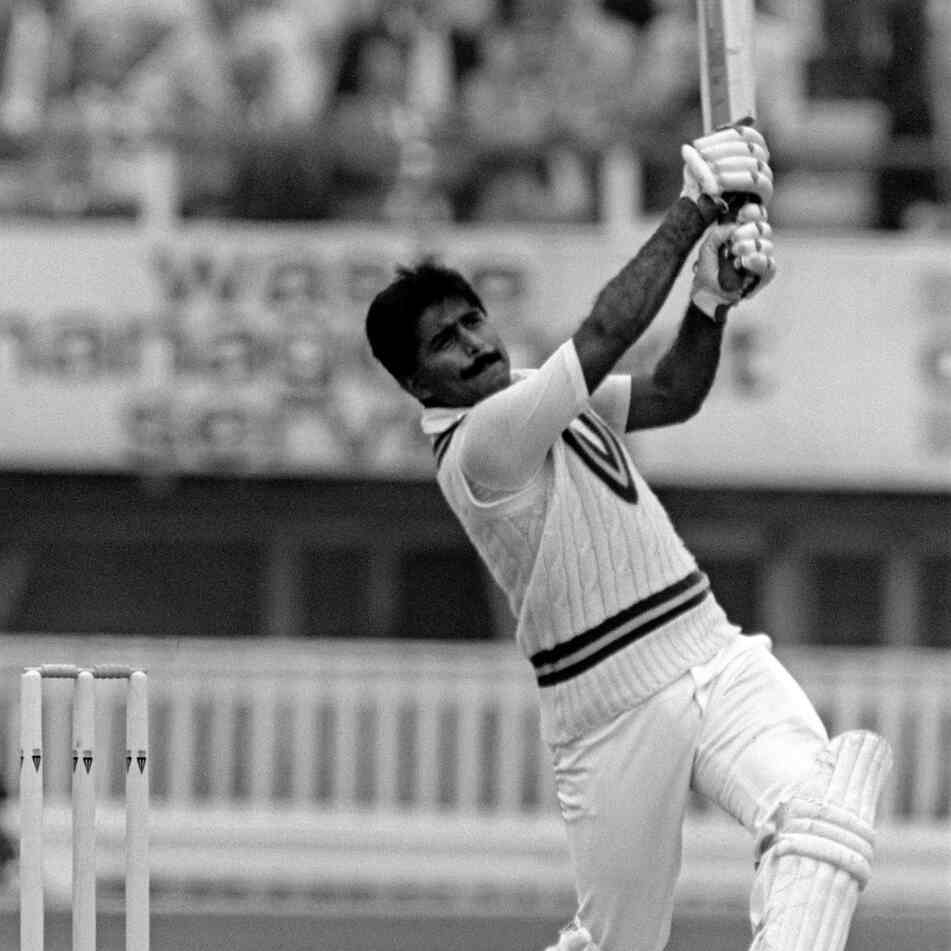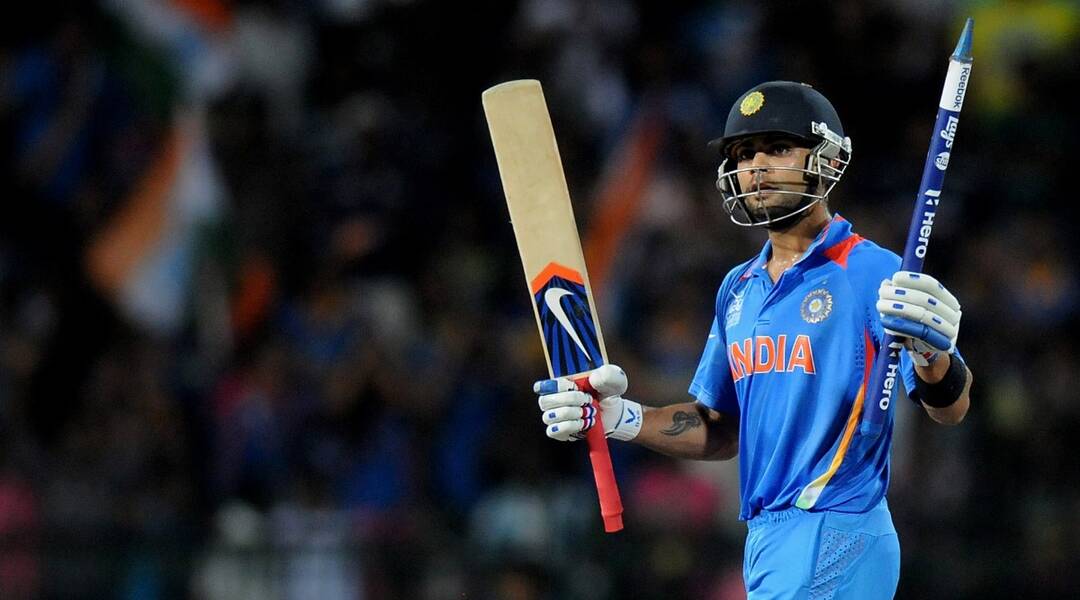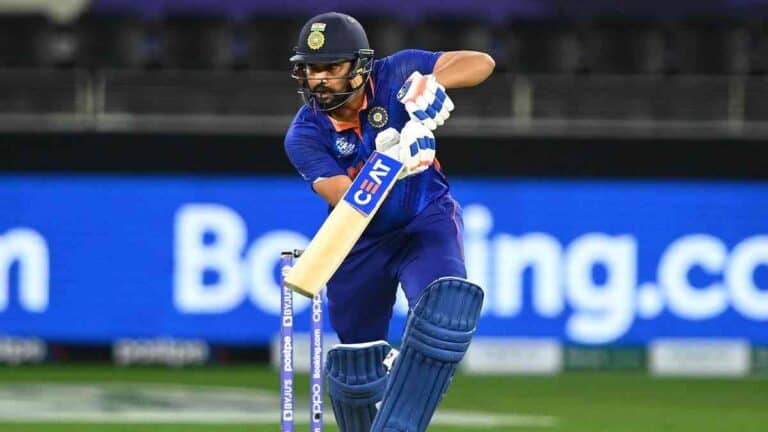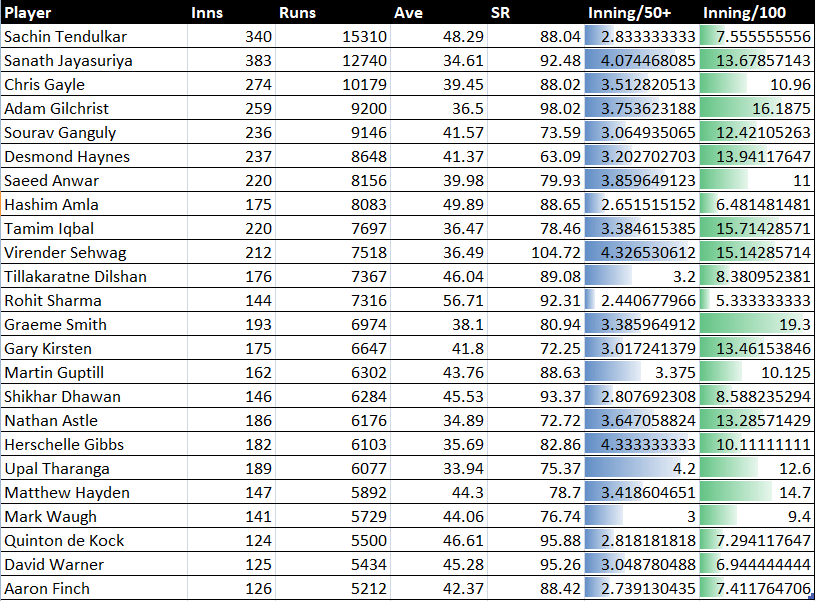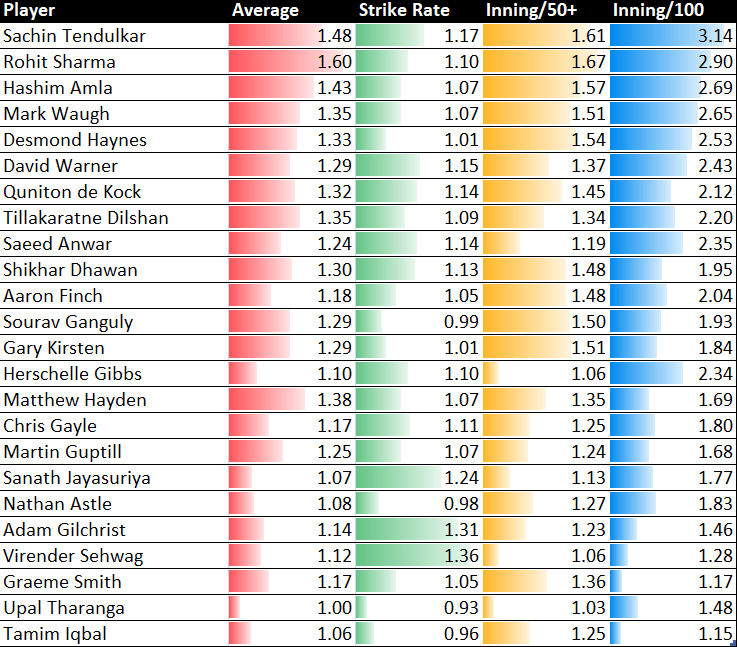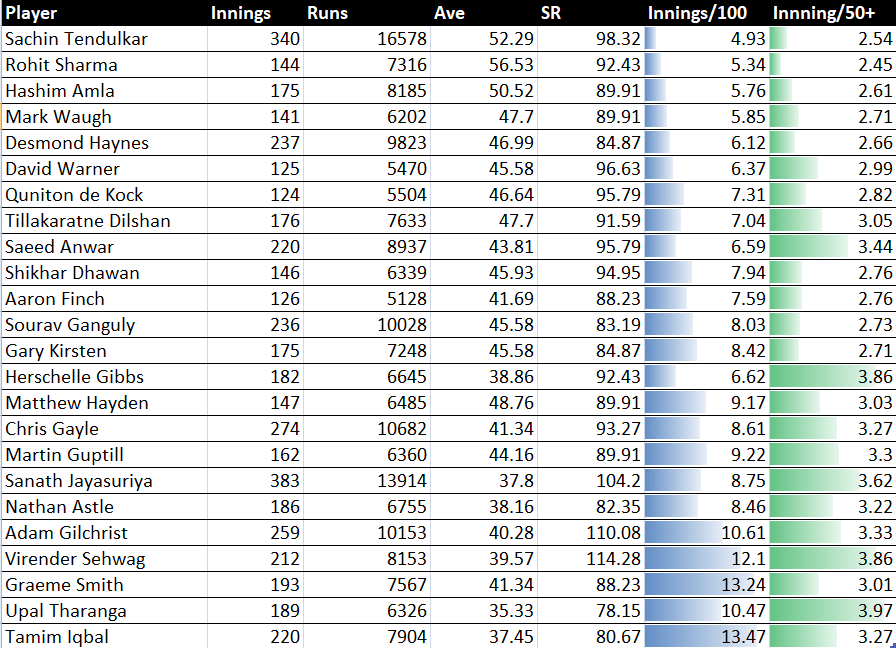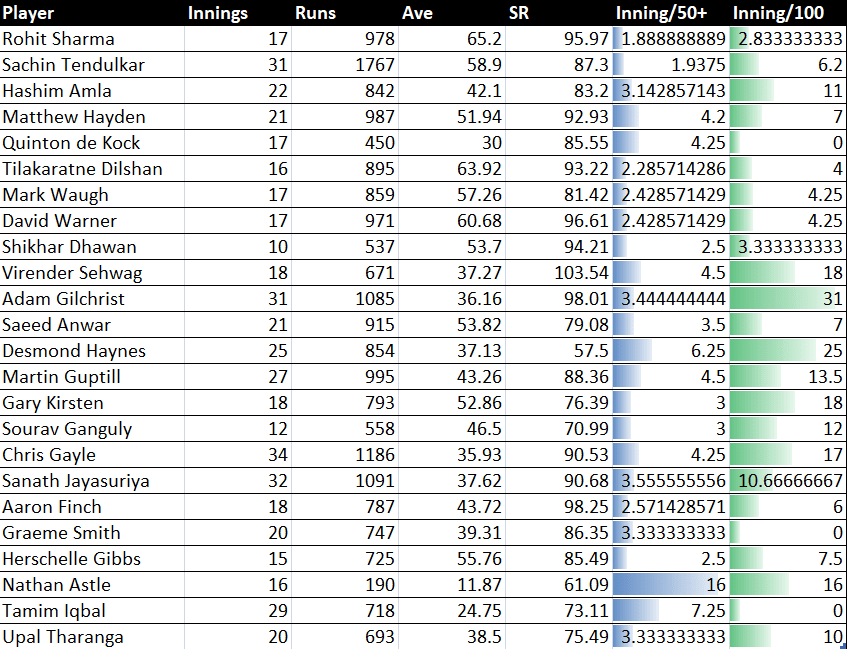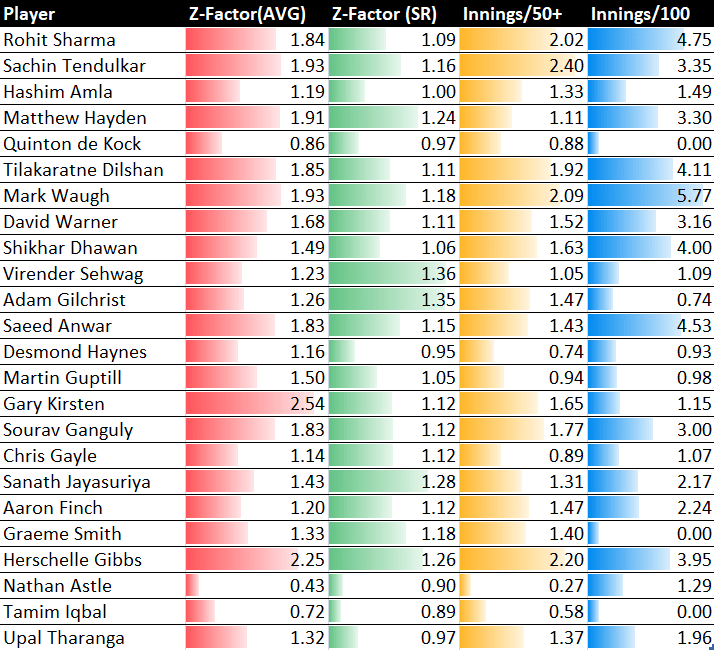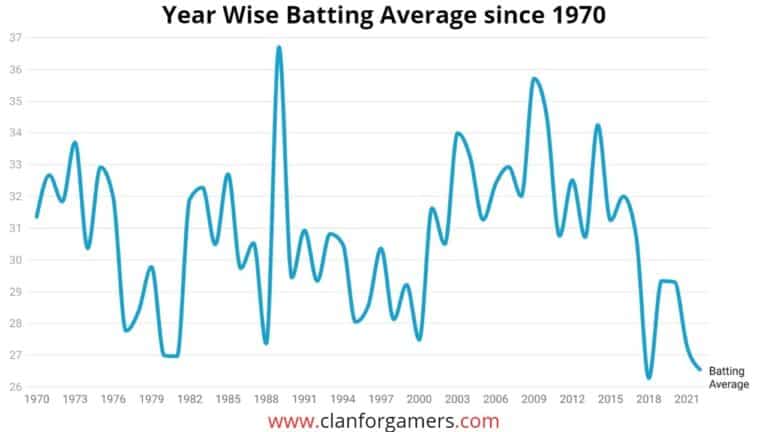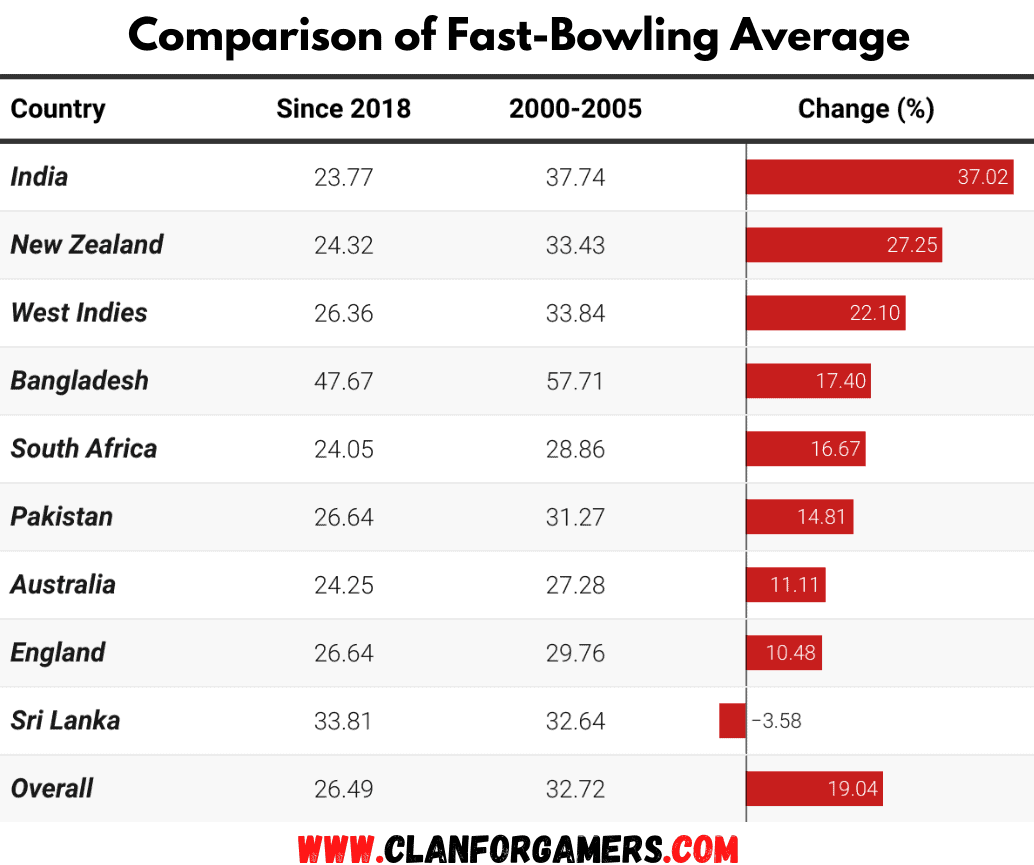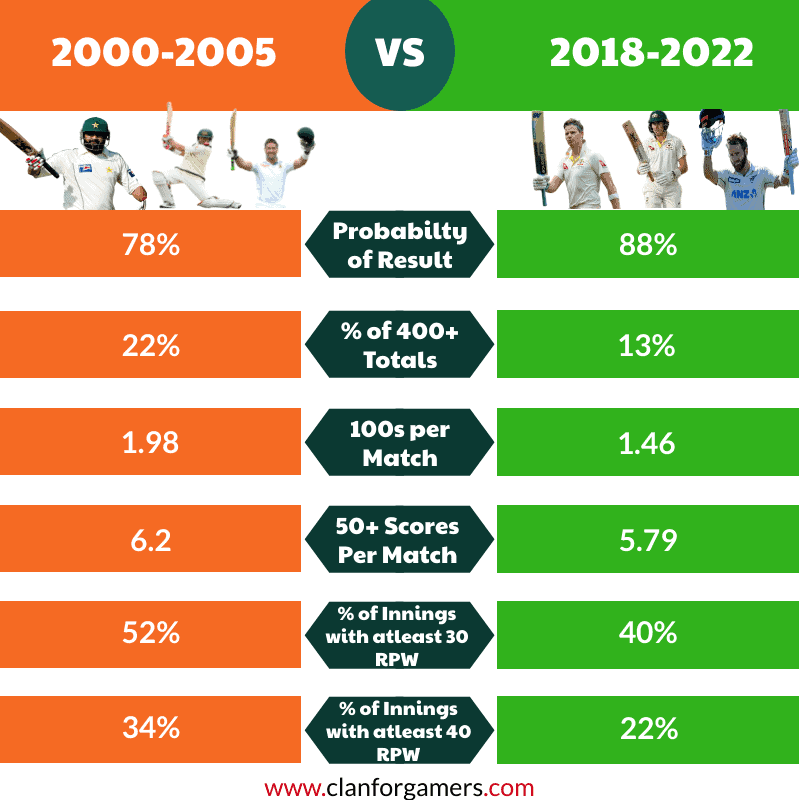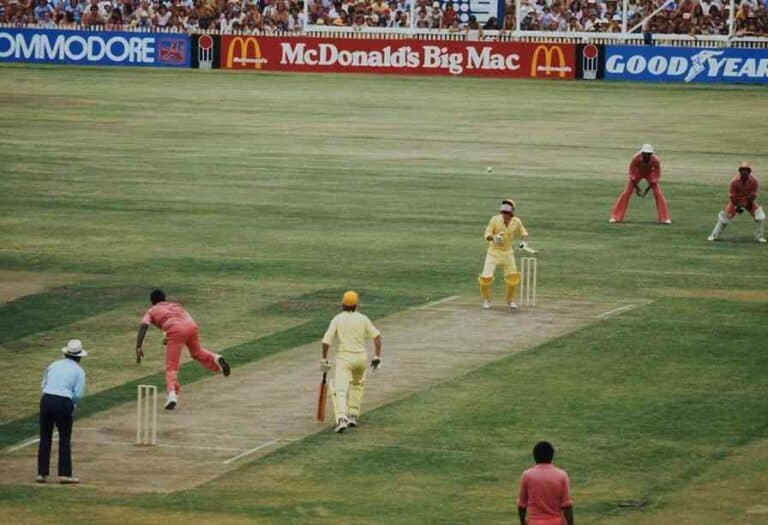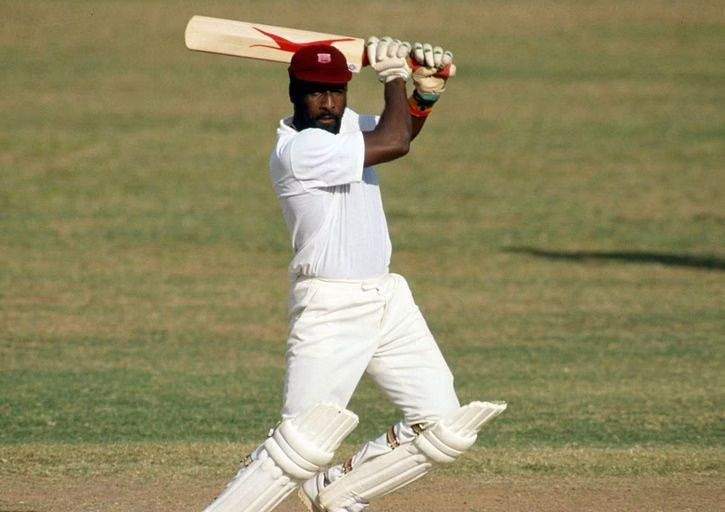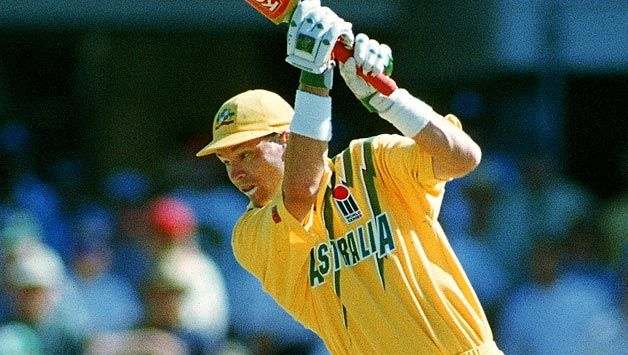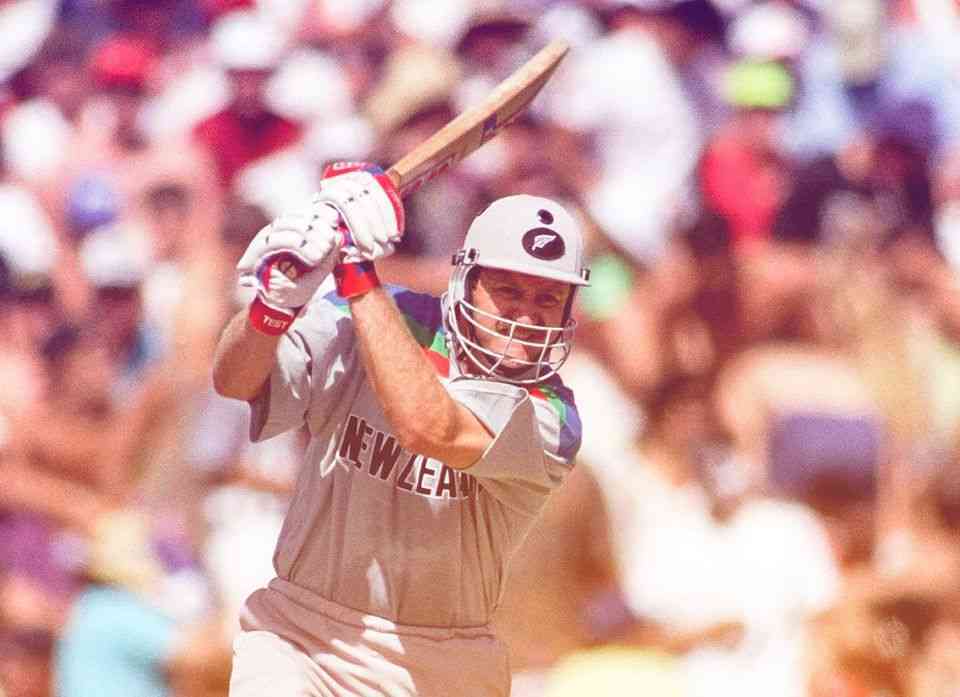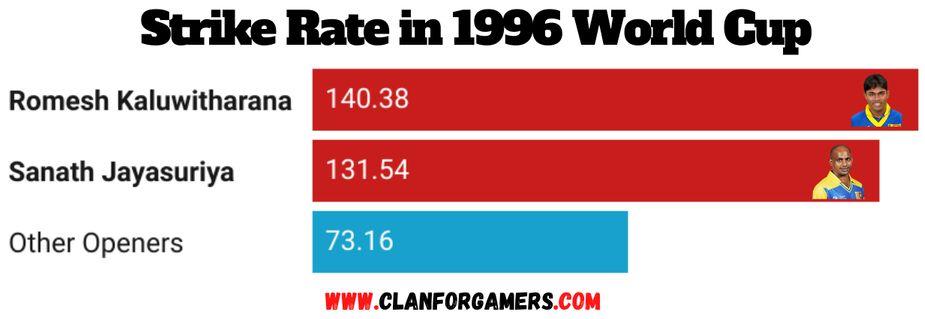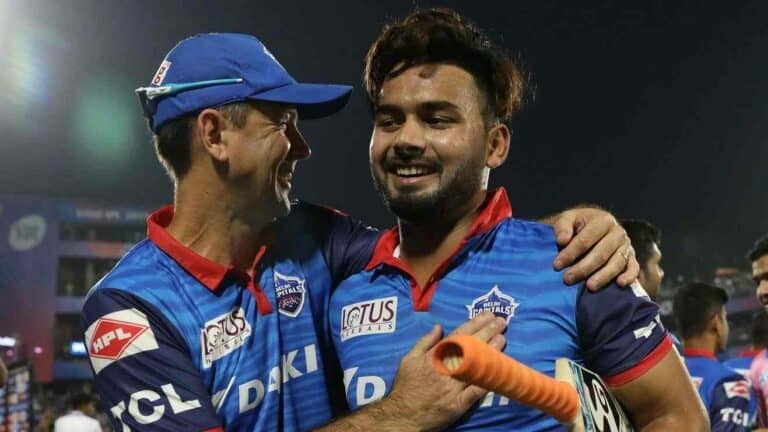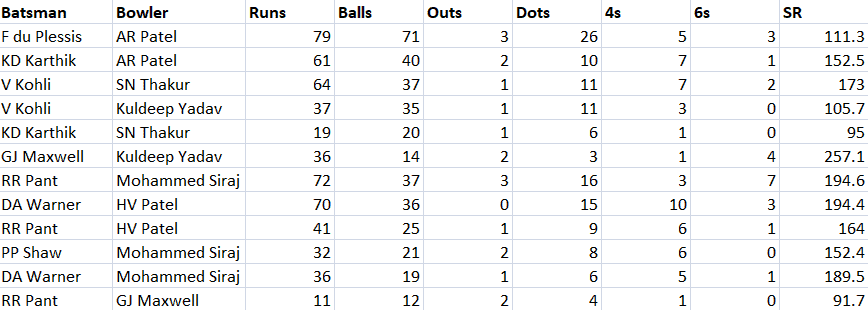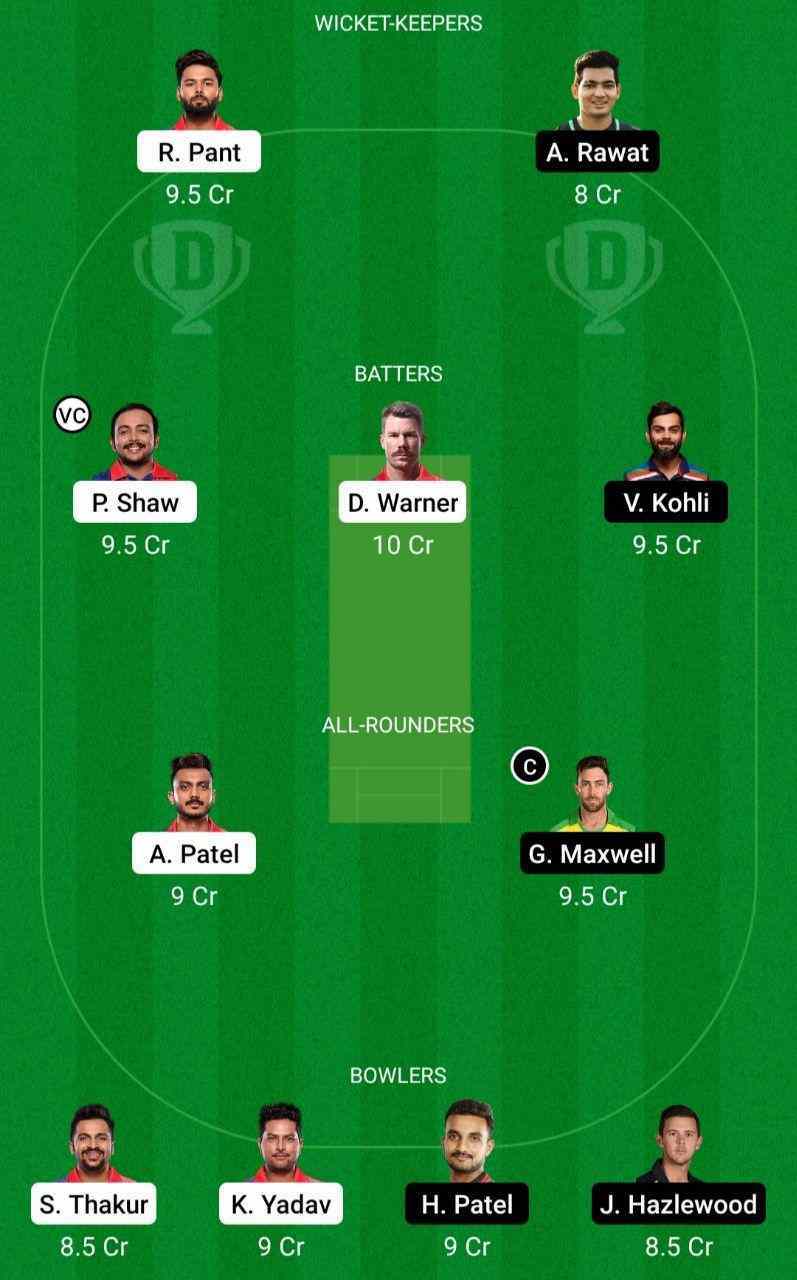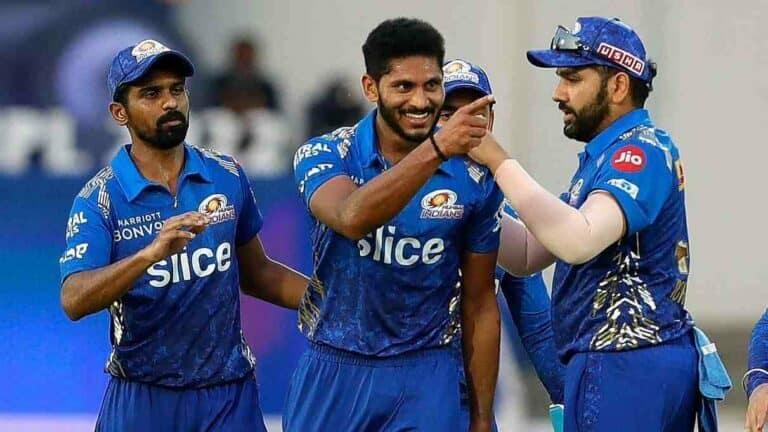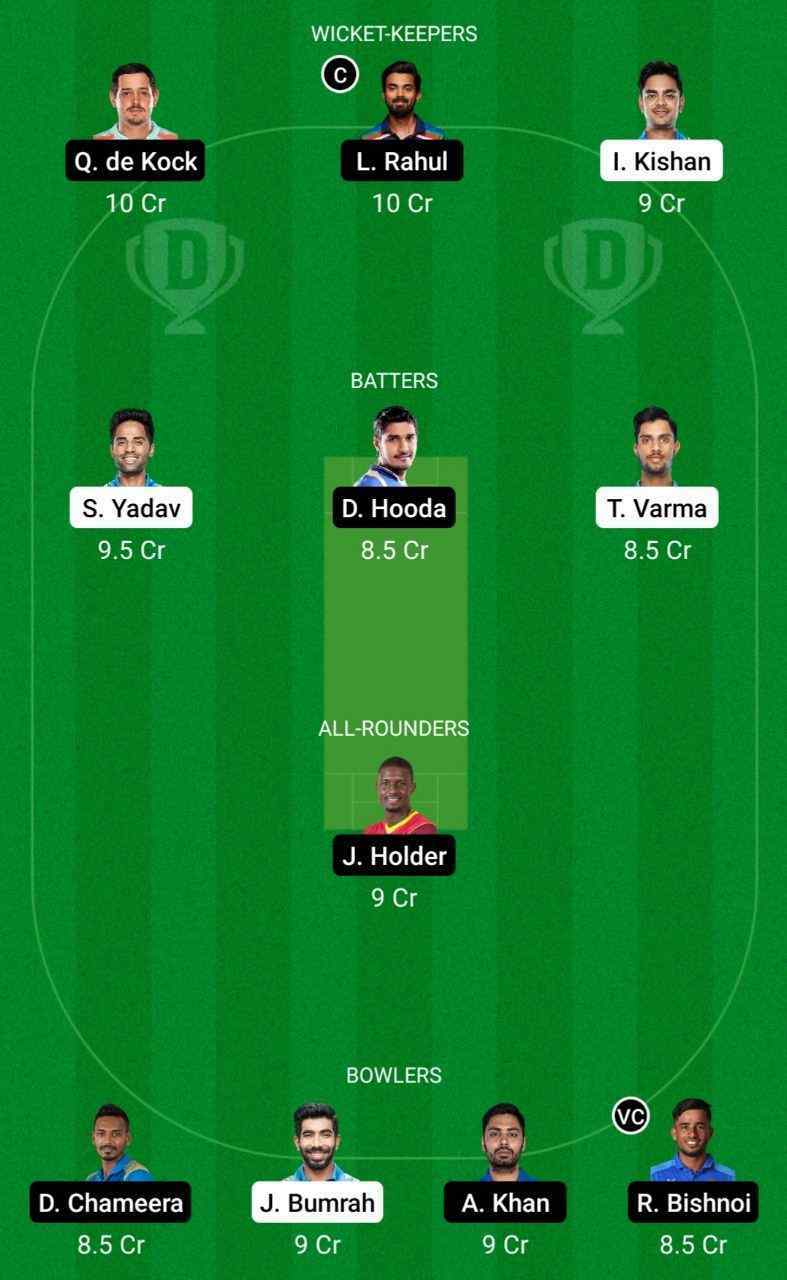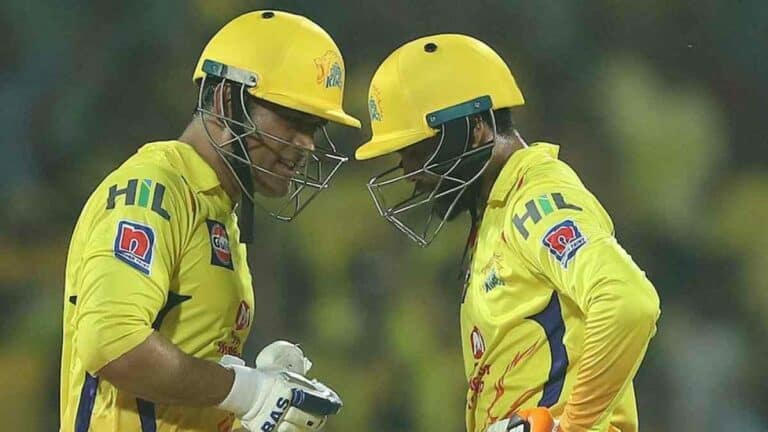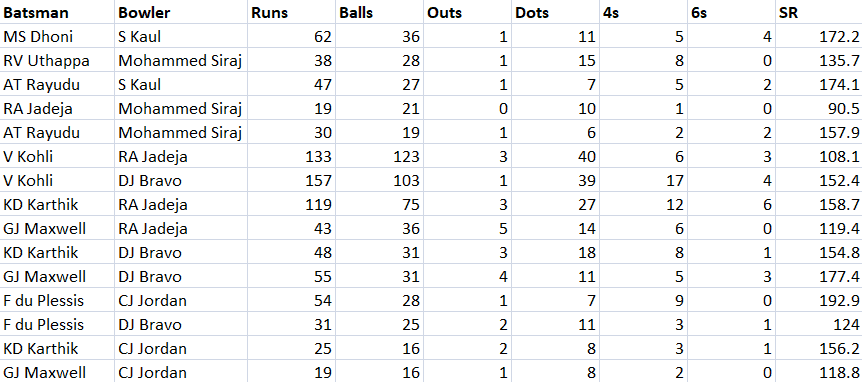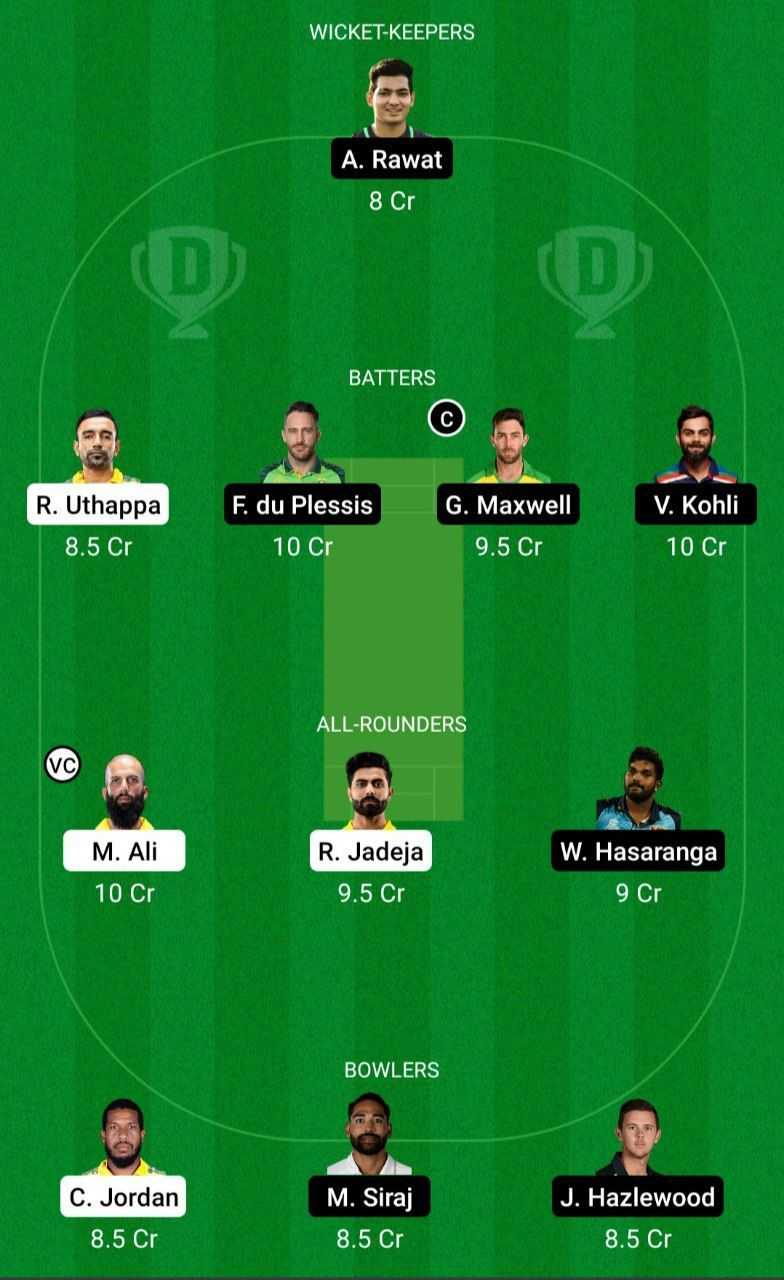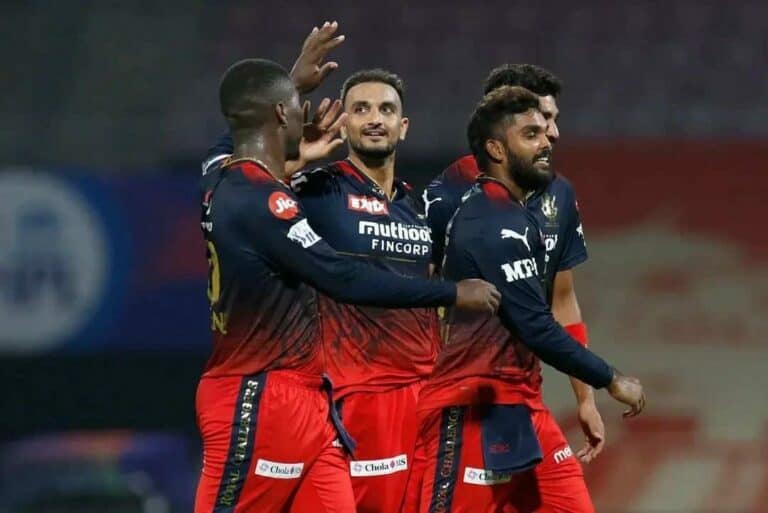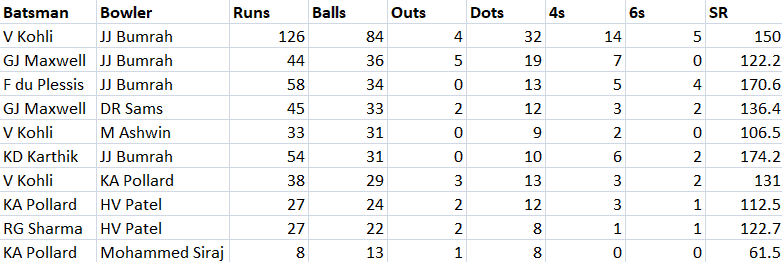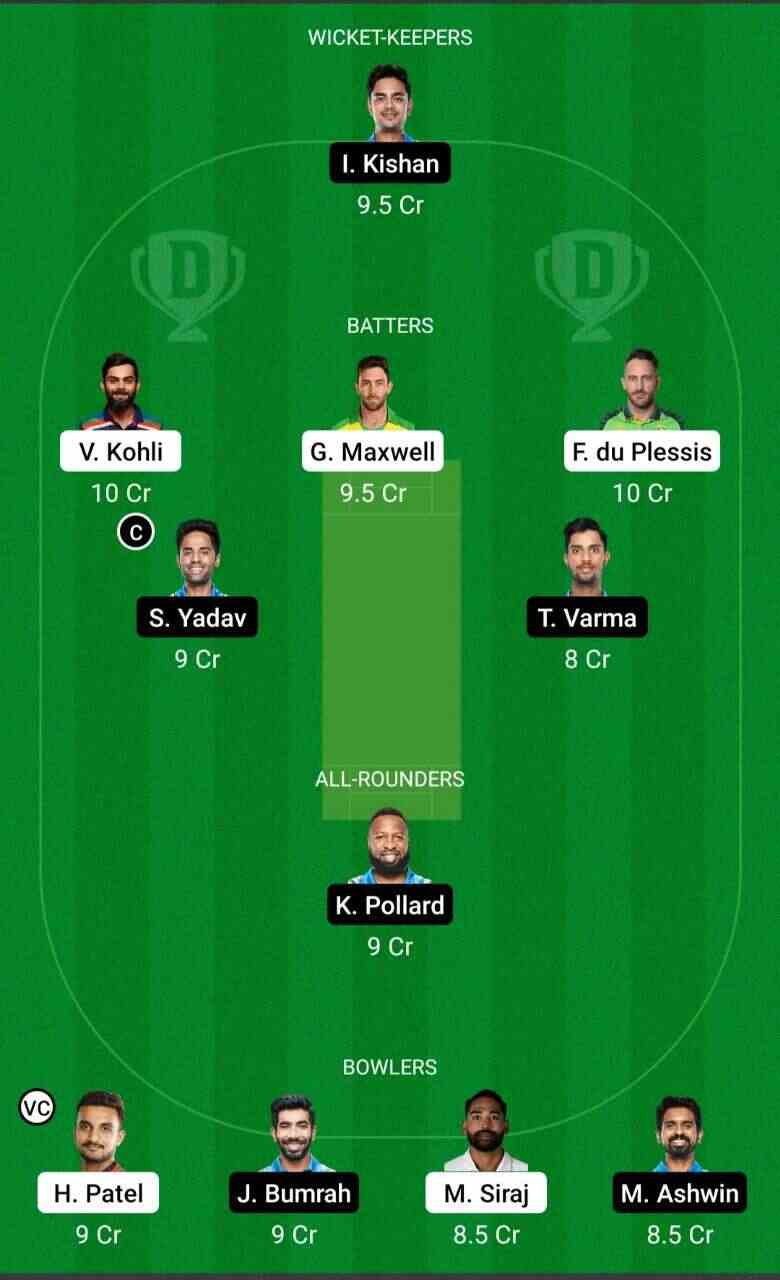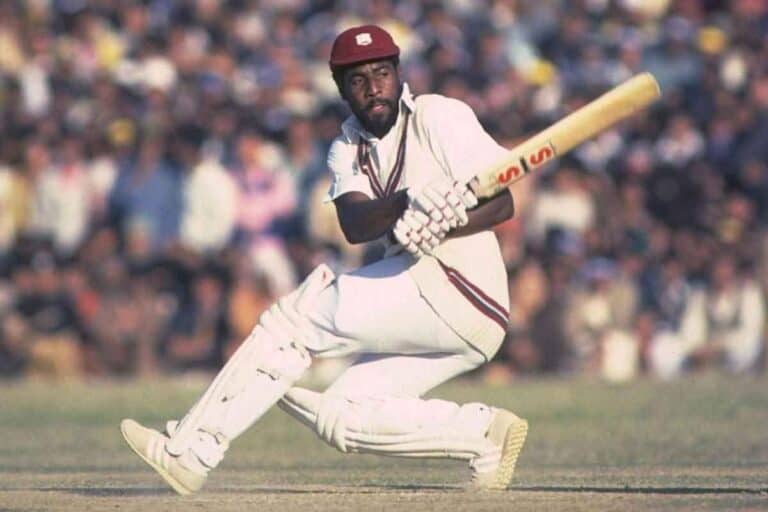“Favourites, Dark Horses, Hot Contenders” are typically used when describing South Africa before every big event. They are always the talk of the town on the big stage surrounded by superstars and everyone thinks this is their time.
There was always a strong South African team, but they never tasted gold in the last three decades except for 1998, when Jacques Kallis’ individual brilliance won them the inaugural ICC knockout trophy.
SA somehow fall short of the line no matter what happens, whether it’s getting screwed by the DLS farce in the 1992 semi-finals, miscalculating the score in 2003, or the result of some horrible fielding in 2015.
Does this beg the question has their time finally arrived?
The reason that they may cross the line and win the WC this time is the composition of the side. This is probably their best ever 15 fielded in a T20 WC.
A major upgrade from the previous tournaments where they had Jacques Kallis and Hashim Amla opening the batting once upon a time. They have a coach in Mark Boucher who has delivered results in the past year and a half and a calm leader in Bavuma who has delivered results with the Lions and won them a couple of trophies.
Since mid-2021, SA won 3-2 in WI, a series win in Ireland, Completed a whitewash in SL and won 4 out of their 5 games in t20 WC after agonizingly falling short of NRR. They continued their good form by drawing a series 2-2 in India and defeated Eng in their own backyard 2-1.
They ended their UK tour with a 2-0 win against Ireland. They suffered a major blow with RVD sustaining an injury during the test series and he will be a major miss on those Australian wickets. SA have Reeza Hendricks as a backup opener who has scored 296 runs at an SR of 142 in the last 5 outings for the national side.
South Africa’s USP is their batting lineup from 3-7 and It won’t be wrong to say they have one of the best lineups in the tournament for the following reasons.
No.3: Rilee Rossouw
While playing for SA between 2014 and 2016, he was touted as the country’s next batting superstar. However, things didn’t go as planned, and he signed a Kolpak deal with Hampshire in 2017.
A little more than 6 years after he last played for his country, he made his return in July 2022 against England. His 96 at Cardiff almost booked him a seat on that plane to Australia. A left-handed middle-order batter who can play spin is an asset to any side.
Rossouw had to end ties with Hampshire as they didn’t retain him as an overseas player and after UK’s exit from European Union (EU), he could no longer play as a local player. With 623 runs at a mind-boggling SR of 192, Rossouw finished as the 2nd highest run scorer in the Blast season. Before that, he had an equally good outing in PSL by scoring runs at an avg of 40 and an SR of 167.
No.4: Aiden Markram
In 2017-18, when Aiden Markram made his debut with 2 100s in his first three test matches, Graeme Smith, arguably the greatest test captain of all time, dubbed him the future captain of the Proteas.
It was Markram’s career-defining performance against Australia that crowned him as SA’s next test great, but things went south quickly, and he almost lost his place in all three formats. In March 2021, Markram had just played a few t20Is before being named as an injury replacement for a four-match series against Pakistan.
It was a turning point in his career, and Markram seized the opportunity with both hands, scoring 179 runs at an impressive SR of 182. Since that series, he has scored 729 runs at an SR of 151 maintaining a healthy average of 45.
Batting at 4 or below he has more than 400 runs in front of his name at an SR of 143 making him one of the best middle-order batters going around. Owing to these performances he was picked by Punjab Kings in the 2nd half of 2021 and in In February 2022, he was bought by the Sunrisers Hyderabad in the auction for the 2022 Indian Premier League tournament.
Along with being a capable part-time bowler who can regularly bowl in powerplays, Markram is special for his ability to play spin, something that is essential for the modern T20 batter.
No.5/6: David Miller
A side’s lower middle order and a finisher are the most difficult and responsible positions to fill in T20is. It is one of the toughest jobs and it is not an easy thing to swing your bat right away.
It is very important to have skilled batters because games are often made and broken in the final phases. And, who else than David Miller is the perfect candidate for the job currently? Miller is one of the greatest finishers this format has probably seen with tons of experience under his belt.
He has over 1.6K runs batting at 5 or below at an SR of 139 with 71 sixes. No one has scored more runs than him at a better SR. If we apply the same parameters, he has over 1.8K runs at an SR of 141 in IPL. Only Kieron Pollard has scored more runs than him at a better SR.
We saw the second coming of David Miller in this IPL, despite playing just 28 games from 2017-21. He has restructured the way he plays, especially against spin, after admitting he didn’t give himself enough time to get his eye in.
The testimony of his father and childhood coach further supported this. He pulled off memorable chases that were outside GT’s grasps like 94* off 51 against CSK, 39* off 24 against RCB, and 68* off 38 against RR in Qualifier 1.
No.6/5: Tristan Stubbs
Stubbs enjoyed a breakout season in the CSA T20 tournament this year where he was the 2nd highest scorer with 293 runs at a whopping SR of 183.
It was Dewald Brevis who captured all the attention at the U 19 World Cup and later IPL while Stubbs made headlines by joining the Mumbai Indians mid-season for an injured Tymal Mills.
When he was called up to the national team, he smashed 72 runs off 28 balls at the number 6 against England, proving himself on the international stage.
He later joined Manchester originals in The Hundred and scored 157 runs at an SR of 146 which included an innings where he hit Tabraiz Shamsi for 4 consecutive sixes. He is also a handy part-timer and can keep wickets as well.
He helped the Originals to win some games with his bowling by picking 4 wickets in the tournament. He is an ideal no.5/6 if SA continues to persist with him in place of Henrich Klassen.
Sunrisers Eastern Cape bought Tristan Stubbs for 26% of their overall purse in SA20 and became the most expensive player in the auction in South Africa T20 league. He was sold to Sunrisers Eastern Cape for 9.2 Million Rands.
No.7: Dwaine Pretorious / Wayne Parnell
Dwaine Pretorious did an amazing job with the ball at the death for the Proteas in the last T20 WC. He picked up 9 wickets at an eco of less than 7.
Since the beginning of 2021, he has picked the most wickets (25) for SA in the pace department and overall is 2nd on the list. A bowling all-rounder who bowls at the death and bats at 7 is a luxury for any side.
Pretorius ticks these boxes and could be a huge asset for the proteas in the upcoming WT20. His recent performances in the CPL and The Hundred could push him below Wayne Parnell in the pecking order who featured in the series against India ahead of him.
The Proteas have been placed in Group B along with India, Pakistan and Bangladesh in the ICC Men’s T20 World Cup 2022. With Lungi, Nortje and Rabada on the pace front coupled with one of the smartest cricketing minds in Keshava Maharaj and Tabreiz Shamsi in the spin department, it offers Bavuma too many options, they have the best chance of creating history.

